Villa Maria forging ahead with organics

Villa Maria is unashamedly family oriented. When you dine with them, with their founder Sir George Fistonich and wife Lady Gail, with their winemakers and staff, you become part of the family, part of their story. That story started a long time ago, in 1961, when a young lad called George leased a few acres of land in Mangere from his father and planted it with grapes. More than half a century later, the company, now New Zealand’s third-largest winery and still wholly New Zealand owned, and having taken the innovative and bold step to become a cork-free zone in 2001 and move to screw caps, continues to scoop more medals for their wines than any other New Zealand wine company. Is that because they produce more wines than most other wine companies? A cynic may say that, but quite simply the answer is because they produce excellent wines across the board, across all their vineyards and all grape varieties.
I suspect if Sir George put all the medals awarded him around his neck, and the winemakers did the same with their hoard, they wouldn’t be able to lift themselves out of their chairs. And the awards are not just for a wide range of well-made wines, but include: Supreme Winner Sustainable Business Network Awards (21012); Supreme Winner Green Ribbon Awards Winner (2012); Sustainability Champion Sustainable Business Network Awards (2010). The company has been a member of SWNZ (sustainable winegrowing) since 1995, achieved BioGro certification in 2009, and became the first major New Zealand winery to achieve the international CEMARS (carbon reduction) certification in 2010.
A decision was made in 1999 to convert a single vineyard in Hawke’s Bay to organics, but as company Villa Maria viticulturist Ollie Powrie explained, it was neither a simple nor quick transition. Establishing young vines to grow organically in soil that had been used for conventional grape growing required a new way of thinking, new soil preparation and new tools to work it. Conventional vines grow more in the topsoil but to grow organically the soil needed much more compost and more ‘biology in the soil, more fungal matter as opposed to more bacterial matter’, says Powrie. These days crops of plantain and red clover are grown between the vines. A new type of roller has been employed to crimp and roll the crops flat so it can decay and compost over time and this matter is added to the soil and earthworms are encouraged.
These techniques while new for the modern company took wine making back to the time when George Fistonich grew up, when vines were grown without herbicides. At Villa the mantra is ‘look after the soil, and it will see us through to the future’.
Powrie acknowledges that chemical companies are trying to make it easier for the viticulturist, but that instead, by growing vines organically, one becomes much more in touch with what is happening in the soil, and while you have to work harder, the vines become more balanced and results are showing some wines, like Merlot, are developing more complexity. Disease used to be highlighted as the biggest risk in growing organically, especially botrytis. Some organic sprays like sulphur work well on powdery mildew – it’s been around for years, but some sprays from chemical companies can be like a wonder drug one year then be less effective the next, similar to the oversubscribing of antibiotics for common illnesses.
Currently, Villa Maria has 4 organic vineyards, close to 100 hectares. The goal by 2020 is to have 50% of vineyards growing grapes organically, and for grape growers supplying Villa Maria to join in, too. A grower for Villa Maria in Gisborne has recently registered with BioGro and they’re managing their planting of Albarino organically. The company expect many more to follow in the next little while. Powrie believes that in time consumers will demand these wines, and demand that vines be grown organically, and that best practices are carried out in the vineyard. Sir George said that organics used to attract a lot of negativity, but that is changing fast.
Here is an impressive list of the ways Villa Maria acts responsibly to ensure sustainability:
“We have a network of worm farms at our vineyard and winery sites across the country. Fed with scraps from our restaurant kitchens, staff lunchrooms and organic wastes, these thousands of worms are hard at work creating nutrient rich material for fertilising our vineyards.
“Wildflowers planted between the rows of organically managed vineyards add diversity, help the soil structure and attract beneficial insects to ward off pests that would otherwise need to be sprayed with synthetic pesticides.
“When there are no grapes for them to snaffle, we use flocks of sheep to graze vineyards. They provide natural fertilizer and in summer can help with leaf plucking.
“All Villa Maria vineyards are accredited to Sustainable Wine Growing New Zealand and ISO140001 environmental management plan. Progressively we are transitioning vineyards to organic management practices with a number certified under the BioGro Organic accreditation.
“Heat recovery: Both Villa Maria wineries are installed with heat recovery systems, which take waste heat from the refrigeration plant and store it for use in the winemaking process. The recovered heat is used to warm grape juice prior to and during fermentation, and to warm the wine before it is bottled.
“Night air cooling: Just as New Zealand’s diurnal temperature variation is great for making wine, we also harness the cool nights for temperature control in our warehouse. The ‘night air cooling’ system imports night air into the warehouse where the wine acts as a giant ‘chilly pack’ to maintain optimum temperatures, even during the summer heat.
“Natural lighting: Villa Maria’s wineries are designed to use natural light as a source of daytime illumination. This provides a healthier environment for staff and significant energy savings.
“Recycling: Villa Maria encourages recycling in all its wineries. Grape pressings are either recycled as cattle feed or composted for the vineyards. The company has an ongoing commitment to separating all plastic, glass and metal waste. Villa Maria’s recycling efforts extend to weighing all the waste we send to landfill from our Auckland site. This enables us to set reduction targets and find new way to reduce waste.
“Hybrid vehicles: Since 2007 Villa Maria has been progressively changing its sales team fleet to low emission hybrid vehicles.”
Read about the Villa Maria wine tasting and degustation menu here
Further notes from Ian Ewart, manager Templar vineyard, in relation to the use of cover crops:
Cover cropping is allowing us to produce and fix sufficient nitrogen so as to (hopefully) completely eliminate the need to buy N in other forms and apply to the vineyard eg blood and bone. It is also allowing us to cycle nutrients that may well be lost to the lower soil stratas or locked up when only conventional shallow rooted swards are in place. They also pull a bit of water out of the soil in the spring which lifts soil temps (Templar is often late for bud burst due to wet, colder soils) and the mat has a shading, cooling effect from summer sun but continues to let water infiltrate easily through down the root holes left by the decaying crimped crops.
We wanted cover crop plant species to bring different functions –
· Timothy and plantain to mop up excess water in winter and spring
· tall fescue to fill in gaps so weeds find it harder to establish
· 4 types of clover and a flowering lotus (as some prefer wet or dry conditions) for a continual supply of N
· deep rooting species such as chicory and plantain
· winter and summer active species to keep soil life humming
· mix of flowering and non-flowering species to increase bio-diversity and increase the food sources for beneficial bugs
· All of the above scavenge and concentrate one or more nutrient in particular to bring it closer to the surface again for recycle and re-use
For more information visit Villa Maria’s website http://www.villamaria.co.nz

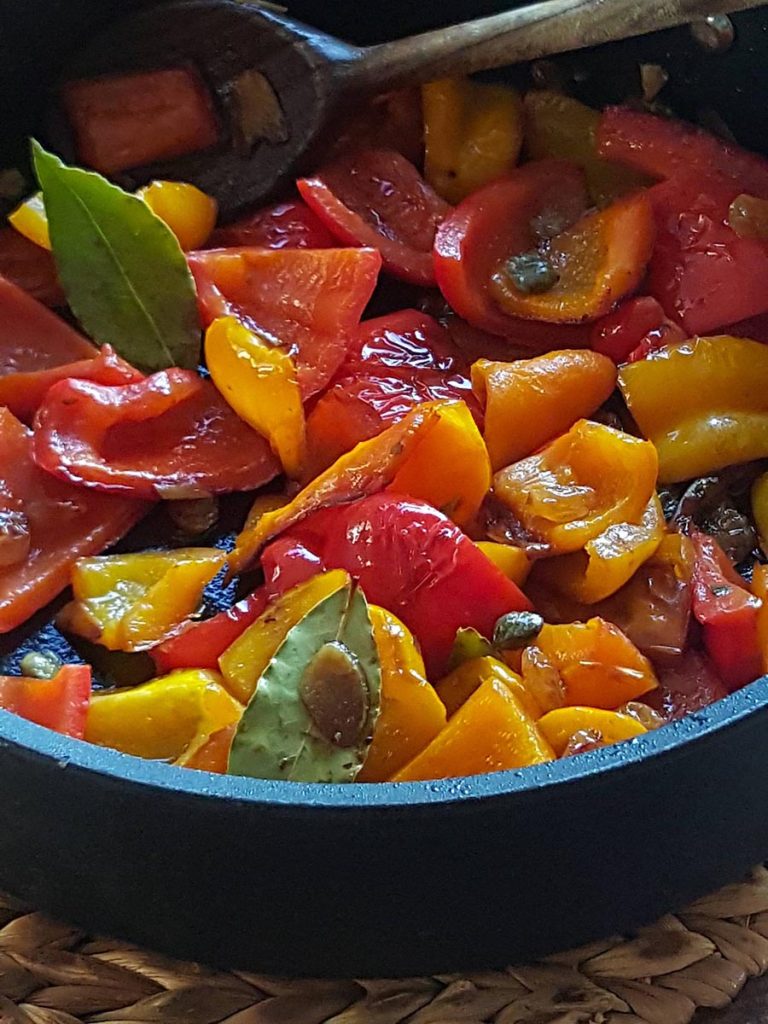
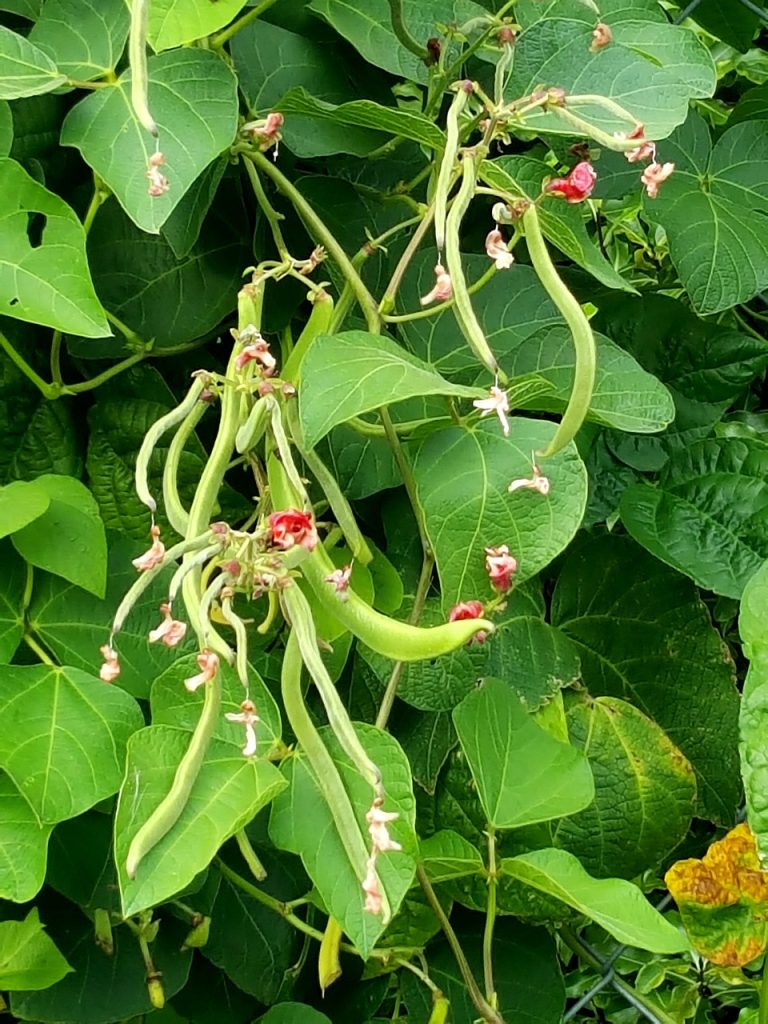
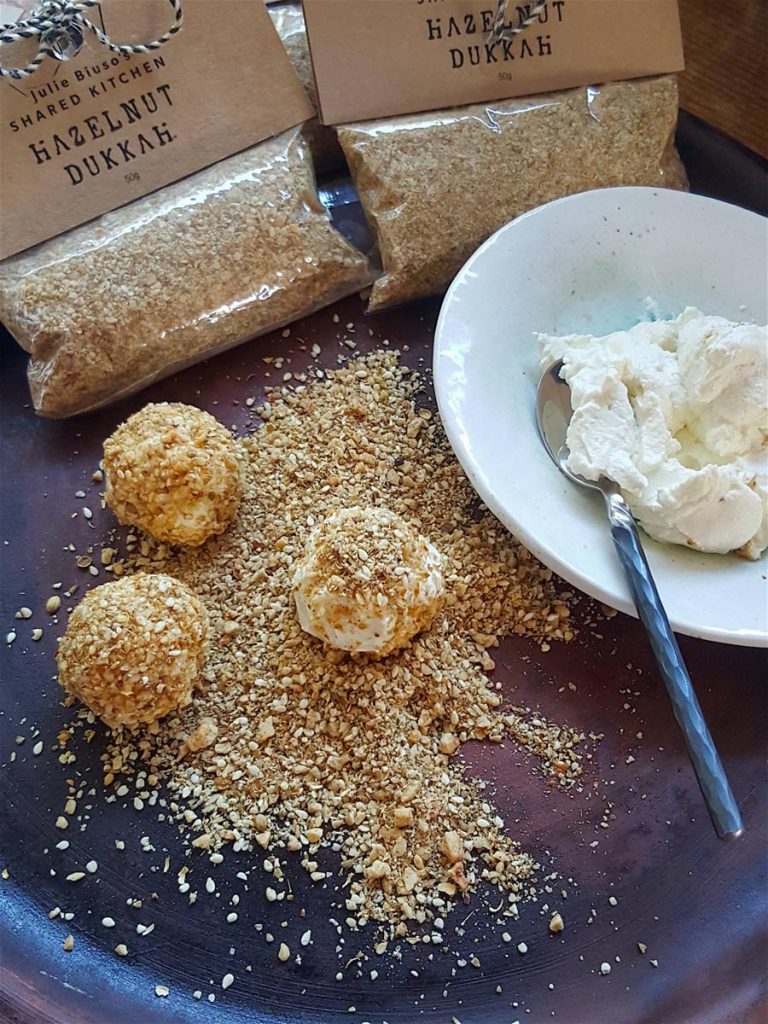
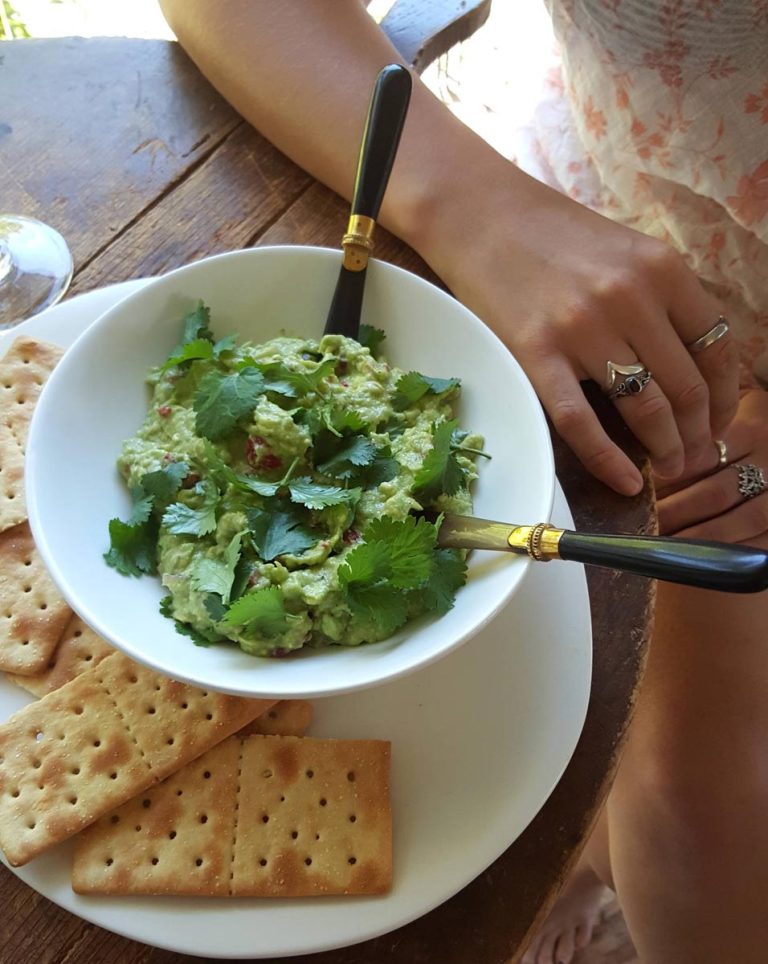
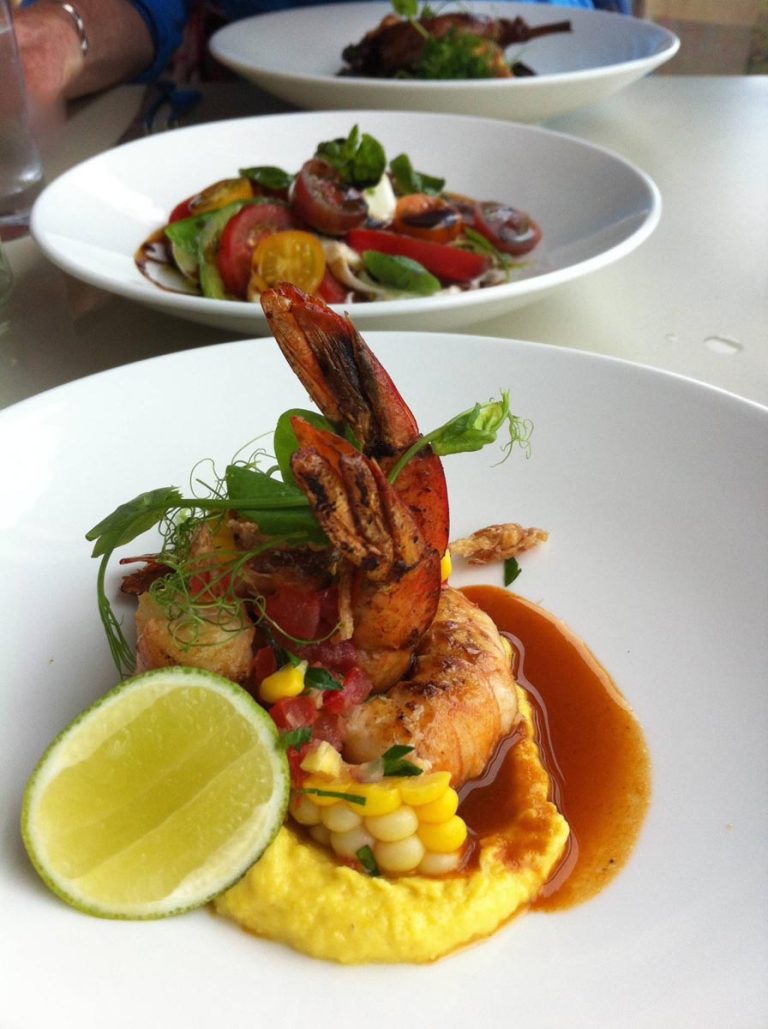
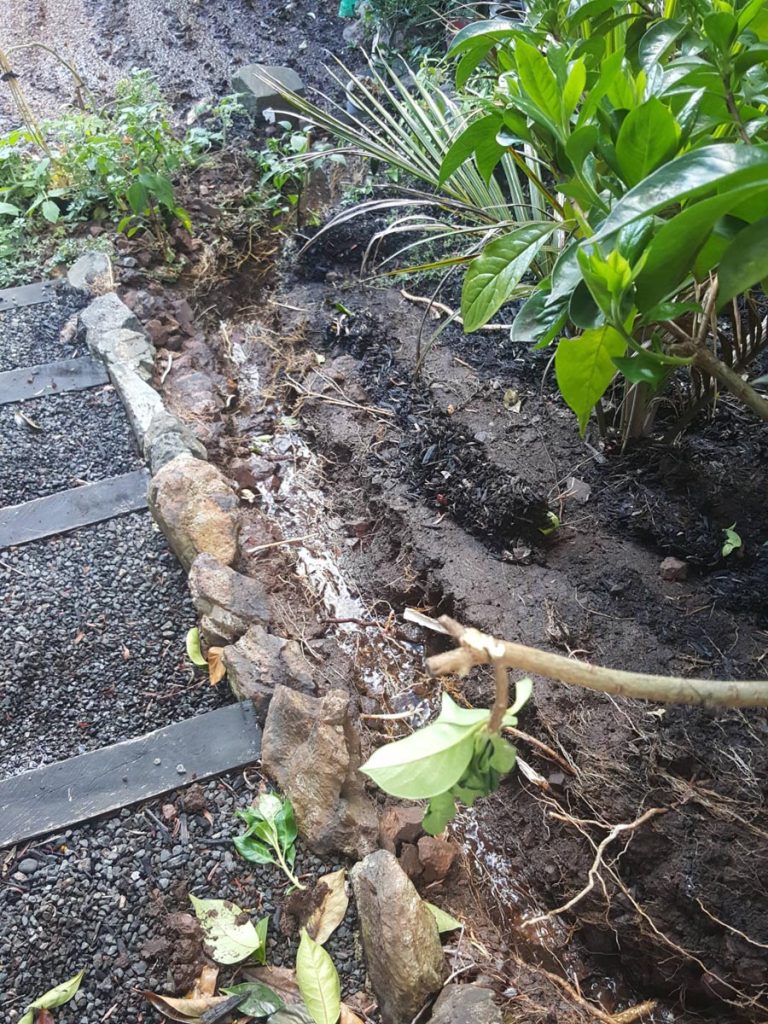
Brilliant coverage of a family who have put NZ wine making right to the top of the world…well done Julie and most of all “well done Fistonich”